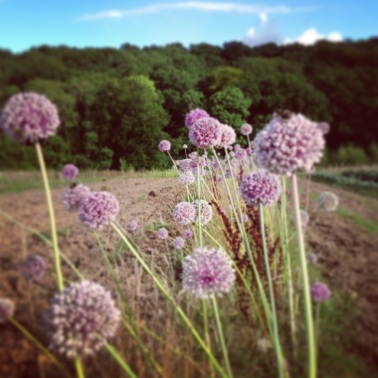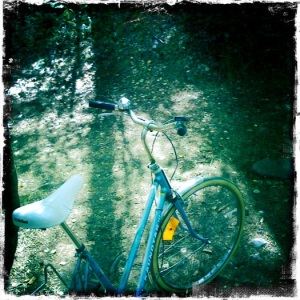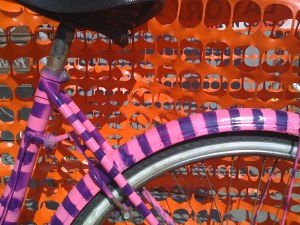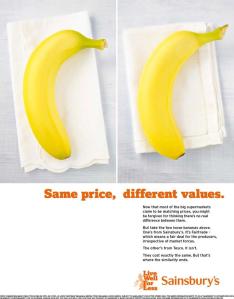Yesterday I wrote a poem called the ‘Glow of Slow’. I had been intending to write something else when I sat down with pen and paper, but the phrase came to mind, and I wanted to play with it.
I think that it was front of mind because the days have been glowing recently. When the sun comes out in autumn in England, and shines behind the yellowing leaves on the trees, and shines through the bare branches where the leaves have already fallen, there is no other word that can describe it than glow. And it makes you glow inside.
There is a softness in the quality of light at this time of year, that is very different to the brightness of summer sun. It is a softening into winter, and it is a slowing down. Autumn is a time of slowing down in nature as preparations are made for winter. Even amongst busy, urban lives there is often a desire for a corresponding slow down, but our jobs require us to keep going at the same pace (or in many cases even faster in the run-up to Christmas).
I will seek to keep this glow of slow with me as I travel through my busy days. As my husband said to me this morning, “Slow is in here”, pointing at his forehead. It is also in our hearts, and our way of looking at the world. “What we see is what we look for”. This is so true. It is true on the obvious level that it is maybe not so obvious as I only saw this clearly the other day – if I see trees and nature, that is because I have chosen to go to the park. I can then choose what I see there as well. So I can choose to see slowly, or I can choose to see fast, which perhaps equates to not seeing at all. Seeing slowly. Apparently in an art gallery the median time spent looking at a painting is 17 seconds. Another study found that the average viewer looks at a painting for less than two seconds, spends ten seconds reading the text on the wall, looks at the painting again and then moves on.
When was the last time you stopped and looked at a tree? When was the last time that I stopped to look at a tree? Properly. Probably when I had a camera in my hand. That is what I like about photography. I remember when I went to Morocco that my camera stopped working at some point because of all the sand. And I missed taking pictures because I wouldn’t have the record of what I was seeing – but I also missed the act of framing what I was seeing, which helped to me to focus on and process what I was seeing rather than just walk on by.
Intentional seeing. That is an area to explore. Miksang is a Tibetan word meaning ‘good eye’ and it has lent its name to the contemplative art of photography, which is about true perception and true expression. Maybe this is where slow comes in – as a way of leading to true seeing.







